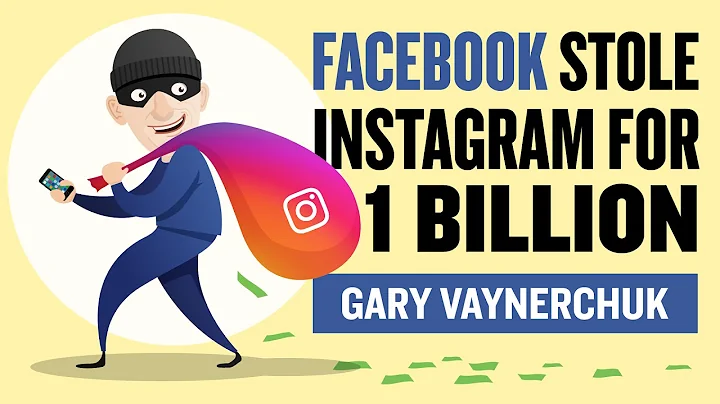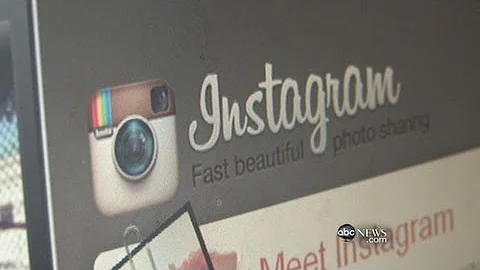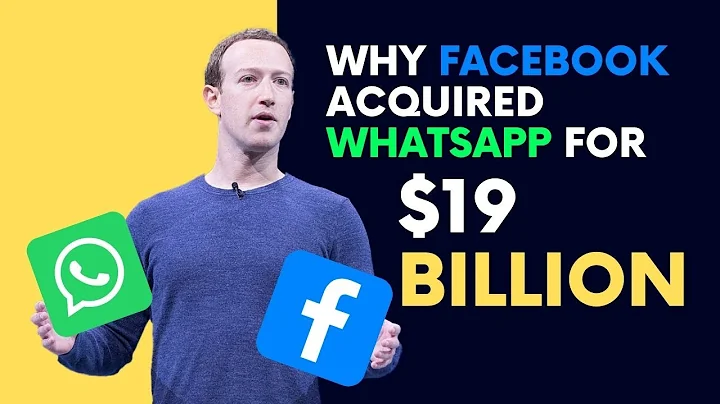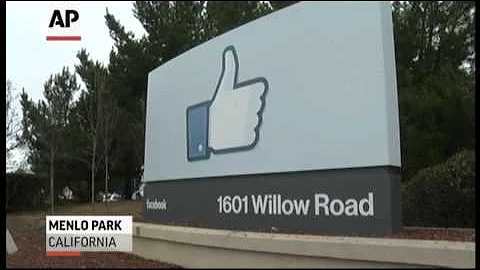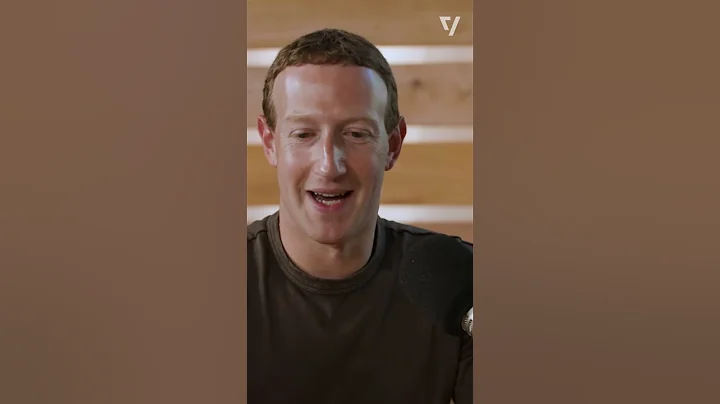
Picture source @Visual China
In April 2012, Instagram was acquired by Facebook. After 6 years, Instagram founders Kevin Systrom and co-founder Mike Krieger finally decided to leave Facebook. The most likely reason is that they had a relationship with Facebook founder Mark ·Zuckerberg has serious differences in terms of user privacy and advertising placement.
When Instagram was acquired by Facebook for US$1 billion, it had not yet earned US$1 in revenue and had a team of only 13 people. However, as of today, its global monthly active users have exceeded 1 billion, and it has become Facebook's stagnation in traditional business growth. A new growth driver.
Alpha Commune does not talk in detail today about what Instagram means to Facebook and what impact the departure of Kevin Systrom and Mike Krieger will have on the company. Instead, we want to move the time forward and review Kai Vin Systrom and his early days creating Instagram.
Kevin Systrom and Stanford
Kevin Systrom was born on December 30, 1983, in a wealthy family in Massachusetts, USA. His father Douglas Systrom is a human resources president, and his mother Diane Pels Systrom He is a marketing executive with a good family education, which allowed him to go to prestigious schools. He attended high school in Middlesex and graduated from the Department of Management Science and Engineering at Stanford University in 2006.
While attending Stanford University, he joined Stanford's Mayfield Fellows Program, a partnership with Mayfield Ventures that allows program members to gain experience in the venture capital industry. In this project, Systrom gained knowledge and experience in financing and trading, which laid the foundation for his subsequent entrepreneurship.
During this project, he also met Jack Dorsey, the founder of Twitter, and they jointly studied how to develop applications. Among these applications, there may be the prototype of Twitter. The acquaintance with Jack Dorsey should also have a subtle influence on the birth of Instagram.
In addition to the Mayfield Fellows program, Systrom also joined the Sigma Nu fraternity, where he gained the favor of Facebook founder Mark Zuckerberg. Zuckerberg discovered his talent and wanted him to join Facebook to help develop image services, and gave him options now worth tens of millions of dollars.
Systrom, who was still a student at the time, did not give up his studies like many founders of technology companies, but chose to continue his studies. It was not easy to refuse this temptation, considering that Facebook's valuation at that time had reached 500 million US dollars.
At that time, neither Systrom nor Zuckerberg expected the emergence of Instagram, nor did they expect that Facebook would acquire Instagram and that this application would grow into a super App with 1 billion users.
The entrepreneurial path before Instagram
While at Stanford, Systrom obtained an internship position at the podcast company Odeo through the Mayfield Research Project. The founder of this company, Evan Williams, is also one of the founders of Twitter. It was here that Systrom was first exposed to the exciting entrepreneurial environment, which taught him the importance of fast and flexible thinking to a company's survival.
After graduating from Stanford, Systrom gave up the high-paying position at Microsoft recommended by the school and chose to spend two years of his career at Google. In the first year, he worked in the marketing department, writing marketing documents for Gmail and Google calendar services. In the second year, he switched to the corporate development department, where he built a discounted cash flow model for acquired companies for Google and gained first-hand experience in corporate mergers and acquisitions. information.
During this period, Systrom had already had the idea of starting a business. He wanted to build a location-based website that combined photo sharing and social networking, similar to Foursquare and Zynga. He named the idea Burbn. The idea piqued the interest of Baseline Ventures partner Steve Andersen, who gave Systrom $250,000 in starting capital but asked him to find a co-founder.
Systrom often worked on perfecting Burbn at a local coffee shop, where he met Mike Krieger (who later became Instagram's co-founder and CTO). Mike Krieger, also from Stanford's Mayfield Research Program, was two years younger than Systrom and was working at the chat service Meebo. Krieger doesn’t like the concept of location-based services, but he appreciates Burbn’s user experience. Systrom spent a month trying to persuade Krieger to leave Meebo, and he finally succeeded. Krieger joined Burbn, and the initial team was completed.
On the first day that Krieger joined, Systrom said that the team would change direction because Burbn's model could not grow and competitor Foursquare had gained too much first-mover advantage. He wanted to reposition the product into a mobile application focused on photo sharing, codenamed Codename. The two founders spent weeks refactoring the product prototype, with Systrom working on the back-end code and Krieger focusing on the iOS front-end. The app has a camera function and can also be used for social networking, but the two founders were never satisfied, especially Systrom.
To escape his depression, Systrom went to an artist's estate in Baja California, Mexico, to rest and seek inspiration. There, his girlfriend Nicole Schuetz asked him how to take beautiful photos with his mobile phone. He answered two Word: filter.
Suddenly, he recalled the photography courses he had taken as an exchange student in Florence during his time at Stanford, and the experience of using a cheap film camera to take artistic photos. So during the rest of his vacation, he designed Instagram’s first filter, the X-Pro II. After returning to the United States, Systrom developed more filters for his product and renamed it Instagram. The company's business was officially on track.
The rise of Instagram
Once you have a good product, the next step is to promote it. Fortunately, Systrom had extensive connections in Silicon Valley. They all became Instagram seed users and posted pictures using Instagram filters on the social networking site. These users include Jack Dorsey, the founder of Twitter. In 2010, Twitter's users reached 175 million.
Soon, Instagram’s fame spread in the technology circle. This is certainly due to the promotion of celebrities, but it is also related to its excellent user experience. Although the photos taken and processed with it are not as clear and beautiful as the camera, But the nostalgic artistic atmosphere is more touching; and it is very convenient to use it to share photos on other social media without complicated processes. After
accumulated a certain reputation, the Instagram mobile application was released on the Apple App Store on October 6, 2010. The influx of users almost overwhelmed their servers, and the two founders made urgent arrangements overnight. Within 24 hours, the number of Instagram users exceeded 25,000, within a month it exceeded 1 million, and nine months later it reached 7 million.
The increasing number of users made Instagram’s original servers unable to support them, and they moved the servers to Amazon’s AWS. The increase in the number of users also requires the company to require more funds. In February 2011, Instagram raised $7 million in Series A financing. In addition to venture capitalists, investors also included Jack Dorsey and Quora co-founder Adam D. 'Angelo. Although
has gained a large number of users on the Apple platform, Instagram still cannot give up on other platforms. It has successively released products for Android, BlackBerry and Windows mobile. Now it seems that the share of BlackBerry and Windows in mobile operating systems is almost negligible, but the launch of the Android version is the key to its growth into a product with 1 billion users in the future.
In September 2011, the number of Instagram users reached 10 million, and in April 2012, the number of users exceeded 30 million. This month has also been eventful for Instagram, affecting the company's fortunes. One is that they received US$50 million in Series B financing, invested by Sequoia, Benchmark Capital and other institutions, with a valuation of US$500 million. Another thing is that Facebook acquired Instagram for $1 billion in cash and stock. Of the two founders, Systrom received 40% and Krieger received 10%.When
was acquired, Instagram was only 551 days old. It was just a simple photo shooting and sharing application. It had no revenue of 1 dollar, no revenue model, and a team of only a dozen people. The acquisition was controversial at the time, but now it's clear that Facebook made a lot of money. Mark Zuckerberg asked Systrom to help him build a photo service in 2006, and six years later, he acquired Instagram, a move that seemed almost fateful. In the 6 years since
was acquired, the number of Instagram users has continued to grow, from 30 million to 1 billion. The functions of the products are also richer. They launched short videos in June 2013 and long videos in 2018; they transformed from a picture sharing platform into a full-category visual social platform. All of this shows the strength of the product and growth of the team led by Systrom. In 2017, Instagram brought $4.1 billion in revenue to Facebook, and revenue in 2018 is expected to exceed $10 billion, but this is obviously not enough to satisfy Zuckerberg.
With Facebook’s own user growth slowing down, he wants to squeeze more potential out of Instagram. It is not too difficult to understand that Systrom, who focuses on products but is not very good at making money, left the company.
[Introduction to the author of Titanium Media: Alpha Commune (public account: alphastartups), Alpha Commune is comprehensively compiled from Forbes, businessinsider and Wikipedia]
For more exciting content, follow Titanium Media’s WeChat account (ID: taimeiti), or download Titanium Media App
